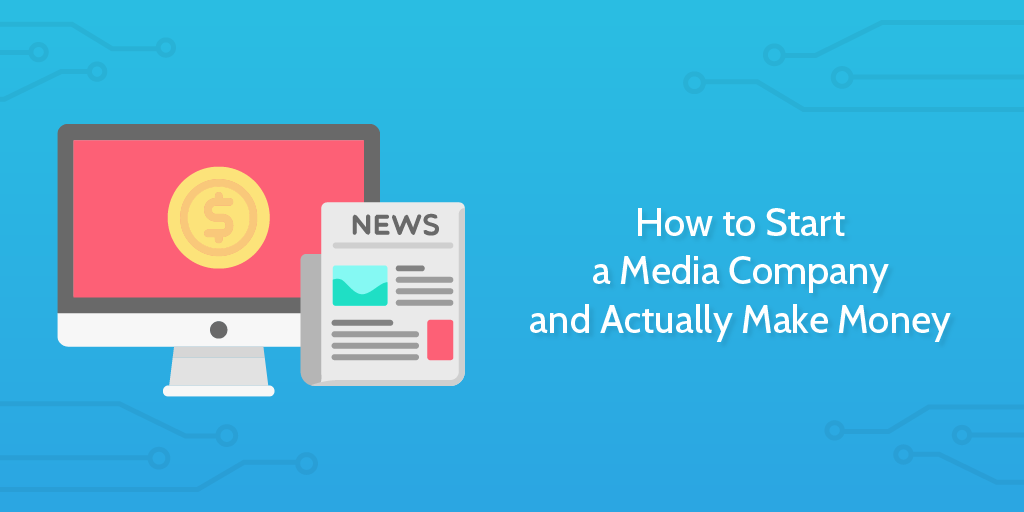Before, only regular grass is used in the playing area of sports like football and soccer. Today, artificial turf is the most widely used alternative to real grass. The popularity of synthetic turf continues to grow. Different sports have shifted away from the difficult-to-manage natural grass as a result of advancements and new designs.
The list of good reasons why you should use turf fields is long. But, you have to identify which type of artificial turf is perfect for the kind of sport played on it. Below are some of the popular sports played on grass and how synthetic turf makes the game better and safer.
Soccer
One of the popular sports played on natural grass before but now being played on synthetic turf is soccer. As the number of soccer fans and players has grown, artificial turf’s benefits have become more critical. Our artificial soccer turfs are made to last a long time, keep players safe, and make the game go smoothly.
Soccer is a fast-paced game that takes place over a large area. A soccer field made of artificial materials is better than one made of grass in many ways.
Baseball
Baseball has been called “America’s favorite sport” by many. Baseball players have to train on artificial grass that looks and feels like real grass. After leaving the field, the ball must spin, roll, and stay on its intended path. Synthetic baseball fields don’t wear out like natural ones, but the bases and outfield fences can still be designed to work together.
 Football
Football
It’s no secret that football is a huge hit in North America. Fun and competitive, American football demonstrate its players’ mental and physical prowess. The pitch will take a beating from players, cleats, and the elements due to the physical nature of soccer.
Artificial grass that can withstand heavy use is essential for football since the entire field is utilized more frequently than in other sports. The finest football field surface should absorb the impact of player collisions. The use of artificial grass in arena football is on the rise at every level of the sport, from the pros to the youth.
Our football turf is designed to maximize speed and performance by providing consistent traction. Playing on one of our synthetic turf football fields makes the game less dangerous, more enjoyable, and more reliable.
Field Hockey
The popular sport of field hockey is played all around the world, including at the Olympics. In other nations, many men participate in the sport, despite the fact that women in the US are more likely to do so. One of the rare sports where the ball consistently makes touch with the ground is field hockey.
Smooth and flat surfaces provide the best imitation grass. By doing this, the ball will roll at the proper pace, trajectory, and distance. Our top-notch field hockey turf solutions are designed to be less labor-intensive and safer.
CCGrass has the best turf solutions for your favorite sport, making sure that players are safe and getting the best possible performance.






